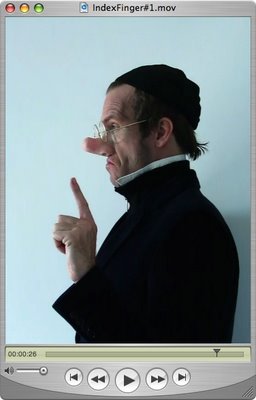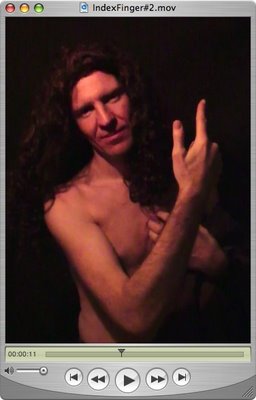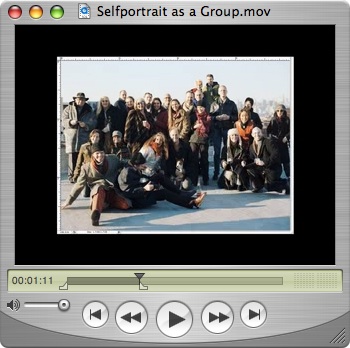

An Exhibition Project by Richard Jochum, Nov 3 - 28, 2008, Teachers College, Columbia University






Visiting Professor of AUC Richard Jochum invites students, faculty, and the public to become part of a communal sculpture: a huge, 40 meter large communal prayer necklace.
"The sculpture of the magnified rosary beads changes the scale and sector of the original. From the private meditation of an individual holding her rosary, the sculpture becomes a public one inviting communal contemplation. By moving it from the private to the public sector, the rosary becomes an object for discussion and debate. At the same time, however, the change in scale from hand-held to larger-than-life transforms the giant rosary into a subject commanding a presence within the same space of its viewers. Its uncanny resemblance to a chain recalls both the positive and negative connotations of the many types of chains in our world: from the chains that are used for prisoners to the chain that links memory itself. A chain that connects one religion to the next in the significance of prayer, could also be a chain that prevents connections to be made. Painted sky-blue and being a site-specific installation on the roof, the rosary beads seem to bring a piece of the sky down to sit on the rooftop for conversation. As both an object and subject of inquiry, the sculpture re-presents the locals relation to the global, inviting discussions of the ways in which we are linked together and implicated, and ways that we could forge better relations."
More Information: http://richardjochum.net
Snow II is a video performance by Richard Jochum, Austria/New York 2008 and shows how the artist rolling a ball of snow until he gets exhausted. The ball is growing and continues to grow after help arrives. But there is a limit to it; soon the group of helper is bigger than the ball thus making progress impossible. Most of the video has no sound; as if snow pacified the noise; only at the end and when a tractor arrives to assist the human crowd can we hear the humming of a machine.
The short video (TRT 00:02:41) deals with the relationship between human labor and natur, complexity, ritualized trying, and Sisyphus. "One must imagine Sisyphus happy" (A. Camus); even more so in winter wonderland where the stones to be rolled consist of snow and the laboring effort is shared by a group.
With many thanks to: Robert Jochum, Irmgard Wehinger, Magdalena Wehinger, Mathias Wehinger, Fidel Jochum, Irma Jochum, Aphrodite Desiree Navab, Werner Walser, Evi Walser.









